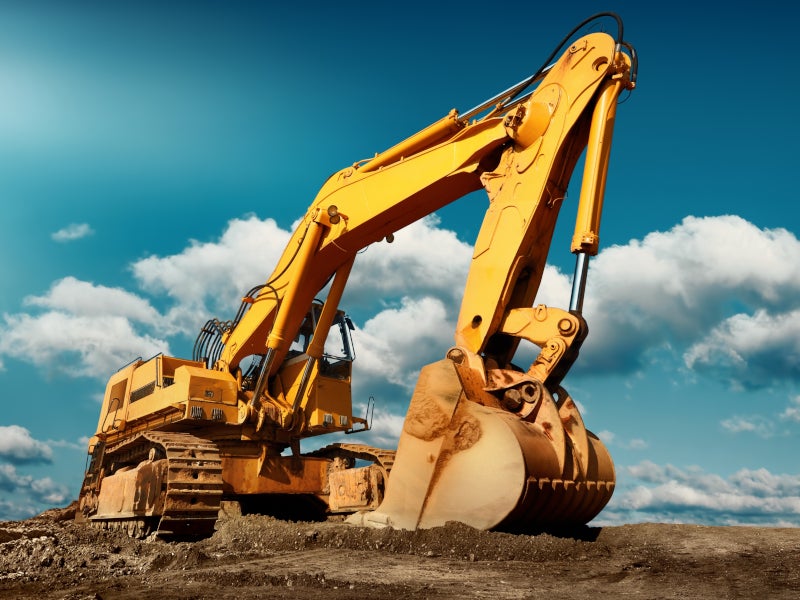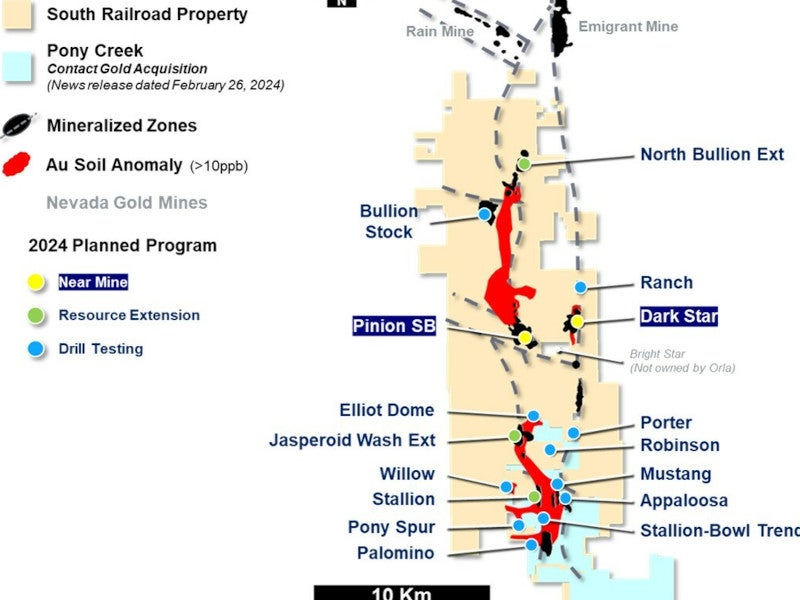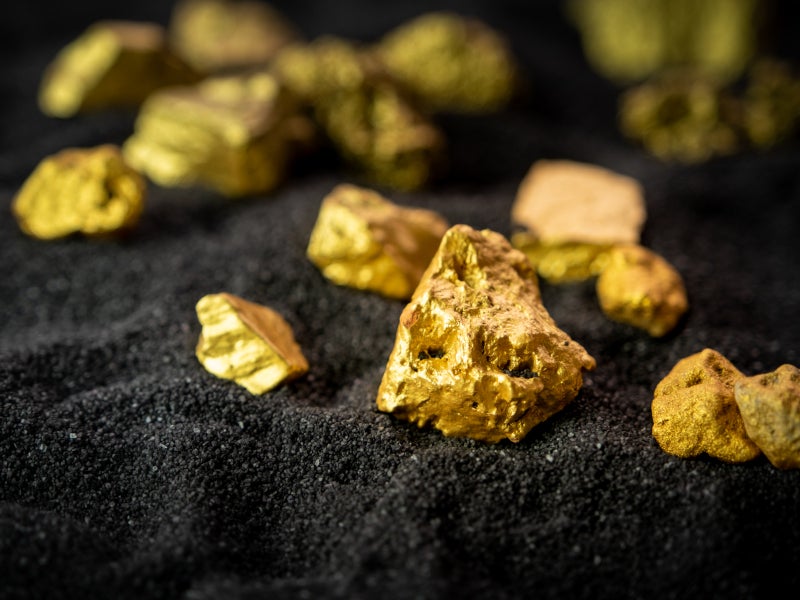The South Railroad Project, situated in Elko County, Nevada, US, is being developed as an open-pit mine. The project is owned by Gold Standard Ventures, a gold exploration company based in Canada.
A feasibility study for the project was completed in February 2022. The project has an estimated life-of-mine (LOM) of eight years and is anticipated to produce an average of 152 thousand tonnes (koz) of gold a year during the initial four years.
The South Railroad project is estimated to require an initial investment of $190.2m. The current focus of the project is the development of the Pinion and Dark Star deposits. An exploration programme for 2024 is currently in progress. It is expected to continue until October 2024.
Location of the South Railroad Project
The project site lies 442km west of Salt Lake City, Utah, and 466km east of Reno, Nevada. It is positioned between eight and 18 miles south of Interstate 80 and is accessible via a network of paved and gravel roads from Elko, Nevada.
Geology and mineralisation
The property lies within the central part of the Pinon Range and falls within the southern Carlin trend. It is characterised by marine sedimentary rocks from the Ordovician to Permian periods.
The Railroad-Pinion property is known for its Carlin-type gold mineralisation, identified in at least four areas: North Bullion, Pinion, Dark Star, and Jasperoid Wash. The mineralisation primarily consists of submicroscopic gold within stratiform bodies in rocks dating from the Devonian to Permian periods.
Gold reserves
The proven and probable reserves at the South Railroad project are estimated to be 65.1 million tonnes (mt), grading 0.77g/t of gold with 1,604koz in contained gold of as of April 2024.
Mining method at South Railroad
The South Railroad project will be operated as an open-pit mine using conventional surface mining techniques such as drilling, blasting, loading, and hauling to extract waste and ore.
Mining at Dark Star and Pinion deposits with bench designs incorporating 30ft benches and intermittent catch benches will target oxide and transition materials. The Dark Star pit is proposed to be mined in four pit phases while Pinion will be mined in five phases.
A total of 29.2mt of ROM ore will be mined from the Dark Star with an average strip ratio of 2.80 and an average gold grade of 0.90g/t. Pinion will be mined with a strip ratio of 5.15 to produce 36mt of ROM ore at an average grade of 0.66g/t gold and 5.3g/t silver.
The mining fleet will comprise drills, loaders, hydraulic shovels, and haul trucks with a 200t capacity.
Ore processing
The run-of-mine (ROM) ore will be transported by 200t haul trucks to the stacking area at a rate of approximately 24,700 tonnes per day (tpd). Crushing will not be required and, instead, quicklime will be added to the ROM ore for pH control.
The oxide and transition material types will be drip-irrigated with a cyanide leach solution and leached. The resultant gold-enriched solution will be collected in a pregnant solution tank.
The barren solution will be recycled for further leaching, with excess directed to a process solution pond, which in turn overflows to an event pond.
Pregnant leach solution from the heap leach will be pumped to the carbon in column (CIC) circuit and adsorbed onto activated carbon. The loaded carbon will undergo a high-temperature elution process in the CIC circuit, followed by electrowinning, mercury removal, and smelting to produce dore bullion.
Gold and silver will be recovered using an adsorption desorption-recovery (ADR) process. The pregnant leach solution will be pumped to the CIC circuit and adsorbed onto activated carbon. Each batch of carbon will be acid-washed to remove any contaminants. The loaded carbon will then undergo a high-temperature elution process, followed by retorting to remove mercury.
The resulting sludge from the elution circuit will be smelted to produce the final doré bullions. All or a portion of the carbon will be thermally reactivated using a rotary kiln.
Site infrastructure
The primary access to South Railroad is via a 67km route from Elko, starting on SR 227 (Lamoille Highway), continuing to SR 228, County Road 715 (South Fork Road), and County Road 715B. It continues along Bureau of Land Management (BLM) roads to reach the project site.
Power will be supplied from an on-site facility with four natural gas generators.
Water for the mine will be sourced from groundwater dewatering systems using nine well pumps.
Contractors involved
The feasibility study was compiled by design and construction services provider M3 Engineering & Technology, with contributions from Fort Lowell Consulting, MDA (a division of RESPEC), GL Simmons Consulting, and environmental consulting companies New Fields and EM Strategies.






